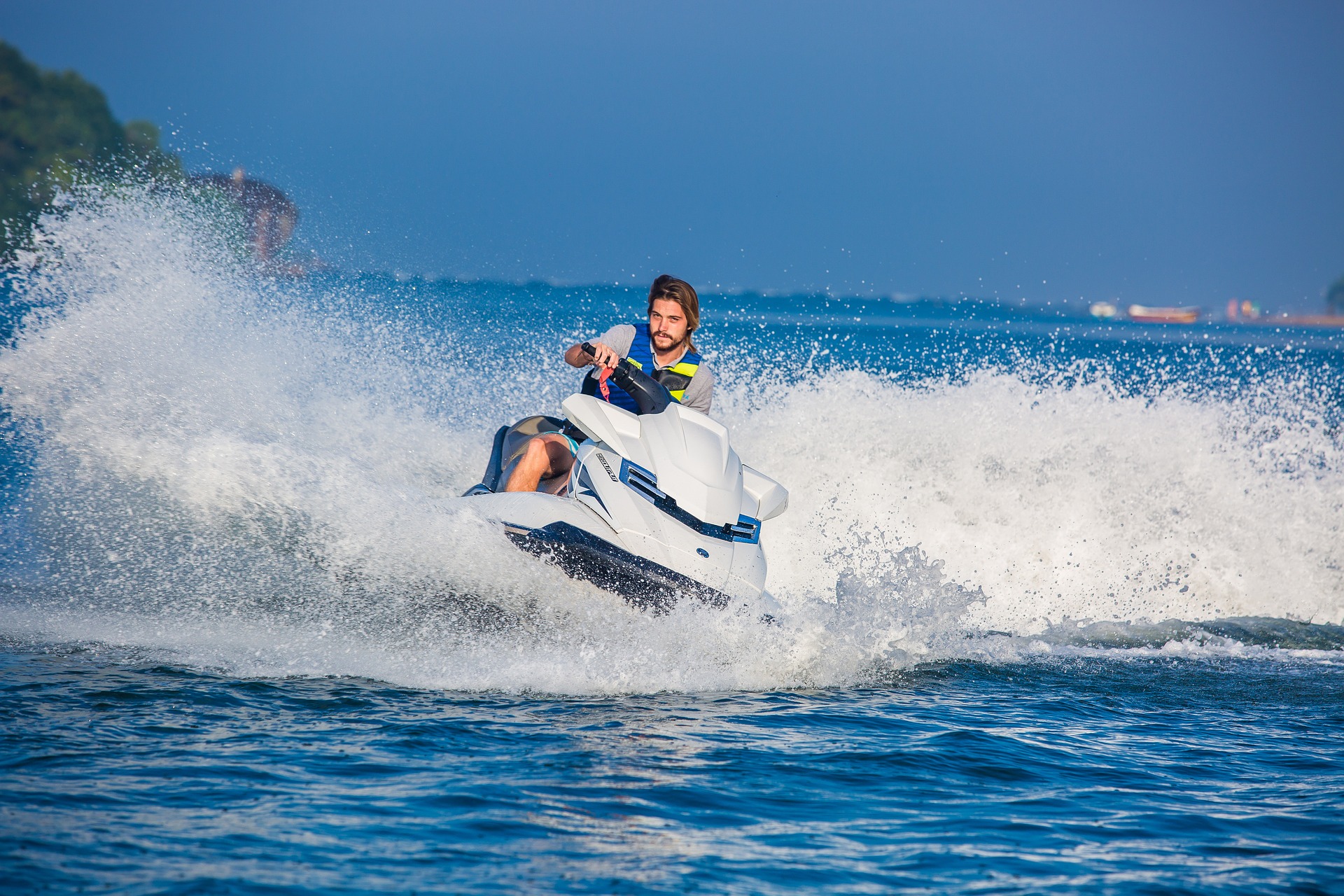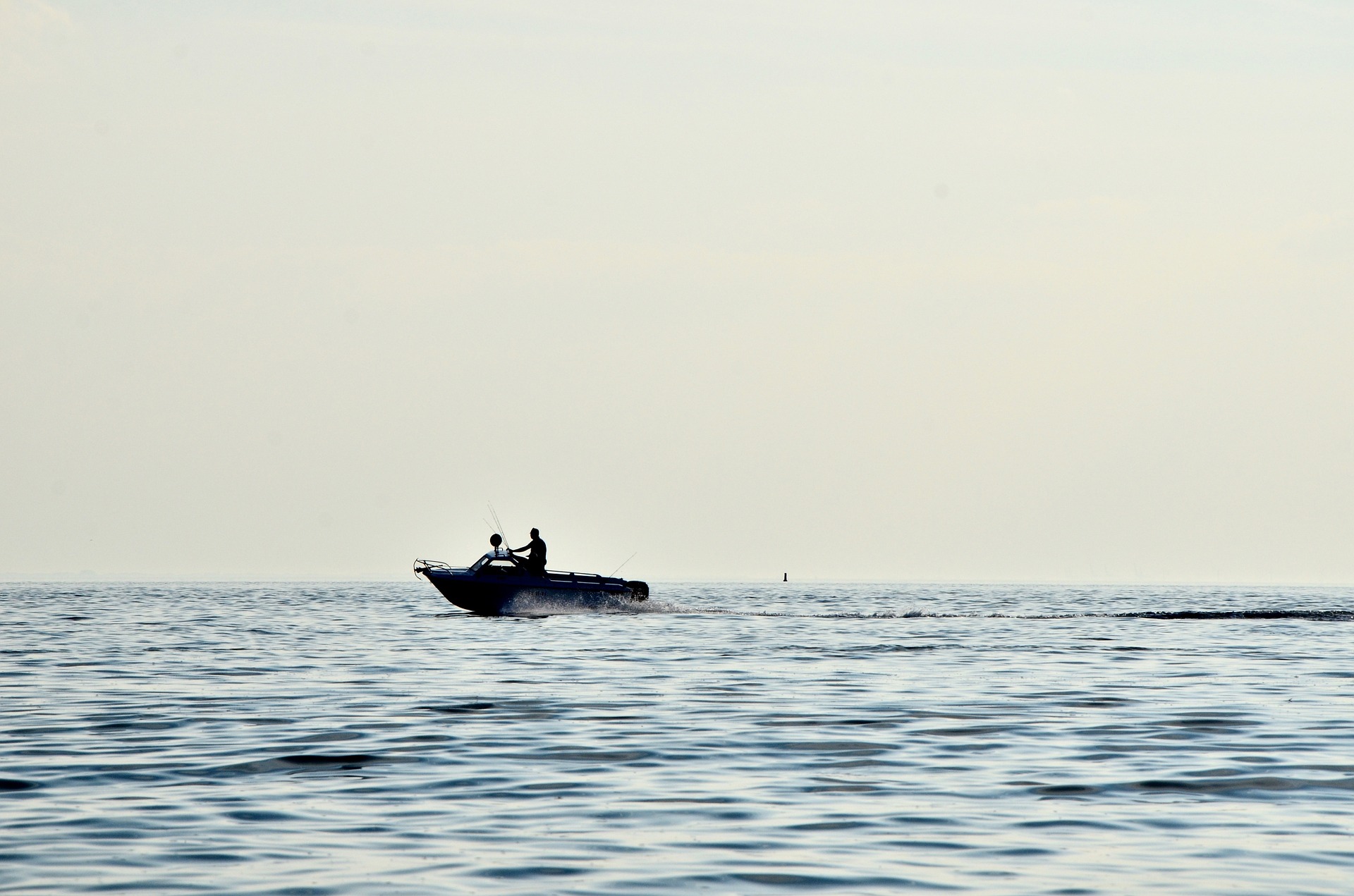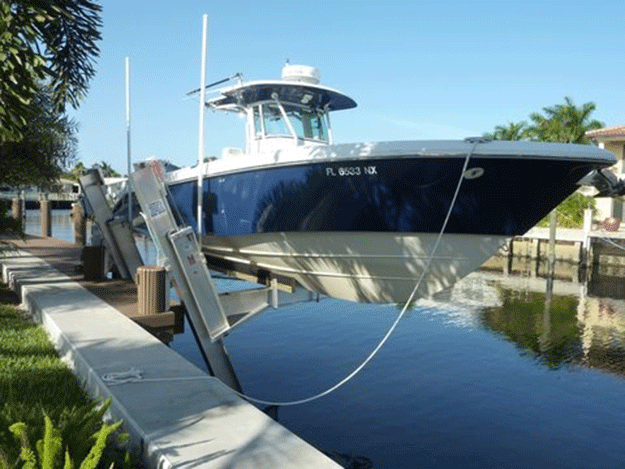
Spring–the season of warming weather, the cleaning out of closets and, as it turns out, creating a commissioning checklist to get your vessel ready for heavy usage come summertime. Back in December, we also recommended you get a checklist together, but it’s already about that time to give your boat a bit more TLC than you ordinarily would throughout the year. With some help from Discover Boating’s extensive list of items to add to your commissioning checklist, we will highlight some of the most important to-dos before summer is in full swing.
A Commissioning Checklist Worth Checking
- Hull Assessment: Inspect your vessel’s hulls from front to back and top to bottom. Look out for noticeable damage, blisters in paint and stress cracks, all of which should be addressed before your next trip to avoid more costly fixes down the road.
- Corrosion Check: As we’ve discussed before, corrosion can be a major problem if you do not properly protect your vessel from it. Inspect your vessel, especially your engine and cables, for signs of corrosion and replace parts as necessary.
- Leaks Inspection: Check your lines and hoses for leaks, especially your fuel lines, tank and filter. Lines should be free from cracks or stiffness that could soon lead to damage.
- Safety Update: Thoroughly inspect all safety equipment, including personal flotation devices, fire extinguishers and flares. If any of these items are damaged or out of date, replace them immediately as you never know when you’ll need them next.
- Paperwork Review: Check that your boating license, registration and insurance policy are all accurate and up to date before you hit the water.
If you’re still unsure what needs to be on your specific commissioning checklist, we’d recommend asking a fellow boating friend for a bit of advice in the matter. Though each boat’s specific needs and points of concern will vary, a friend may be able to point you in the right direction as far as finding that one last list item that you completely forgot to add. Though Floridians are fortunate enough to have summer-like weather all year long, there’s just something in the air during our summer months that begs us to spend our days cruising, fishing or simply relaxing on the water. Avoid a boat-load of stress by ensuring that your vessel is up to snuff before you plan your summer boat trip.

Maybe you already own a boat or perhaps you’re a brand new dabbler in the watercraft scene. Either way, you may be looking for a bit of guidance before buying a jet ski, since they and other personal watercraft (PWC) come with their own set of unique considerations to take into account. These vessels may seem a bit intimidating and can cause a bit of apprehension before diving into the specifics of ownership. Taking that into consideration, we’ve all marveled at jet skis zipping across the open water; why not explore what it takes to get in on the fun yourself?
Tips to Consider Before Buying a Jet Ski
- Do Your Homework: Like any other purchase, you should always do some research before buying a jet ski or other PWC. Though not as pricey as full vessels, there is little worse than investing in a PWC that goes unused or underused. Consider speaking to dealers, consulting with friends that own PWCs and even renting a jet ski for an afternoon to see if you like how they perform on the water.
- Utility: How many people do you plan on cruising with? Similar to motorcycles, seating is often limited on jet skis and PWCs; some can handle having up to three people, including the operator, on board.
- Don’t Forget Safety: When buying a jet ski or PWC, many forget to consider safety equipment and boating regulations. For instance, jet ski operators must have an engine cutoff switch lanyard attached to their person, as well as wear an approved personal floatation device.
- Need a Lift?: Though you may think finding a boat lift for such a small vessel as a PWC or jet ski would be a time consuming and difficult task, you’d be wrong. We offer a variety of options that are custom made for PWCs. Built with the same strength and durability as our big boy boat lifts, getting a lift you can trust shouldn’t even be a concern after buying a jet ski.
Taking a look at the numbers, PWC accidents and fatalities were lower in 2014 than they were in years past. Even so, we always recommend you always enjoy the water with safety in mind. After doing a bit of research, considering what your needs are, remembering the necessary steps to safety and finding the right lift for your prospective vessel, you may just be ready to enjoy a jet ski adventure or PWC excursion this summer.

Florida is called the Sunshine State for a reason; we enjoy months of warm weather and plenty of opportunities to soak in some rays while boating or on the beach. However, it’s not all good times if you’re not keeping sun protection in mind. Though the sun provides some great health benefits, it is also extremely dangerous if you don’t respect its dangers. With these sun protection tips, we list a few ways that you can limit damage while on your next boating or beach trip.
Sun Protection Tips for the Whole Family
- Eyes on Safety: Did you know that eyelids are extremely susceptible to skin cancer? Many let their eyes go unprotected, skipping sunscreen coverage around their eyes and not utilizing sunglasses — a terrible mistake when you consider how delicate this skin is. Sunglasses also reduce strain on eyes and can help with visibility while you’re on the water. Also, consider wearing a wide-brimmed hat or baseball cap to keep those sun rays out of your eyes.
- Coverage is Key: Sure, sometimes your goal is to get a nice tan, but when you’re simply enjoying some time in the great outdoors, you may want to look into sun-safe clothing. From hats to swimsuit tops, sun-safe clothing is measured on the Ultraviolet Protection Factor (UPF) scale and blocks dangerous UV radiation from damaging your skin while in the elements.
- Sunscreen is Unskippable: Never forget to apply sunscreen anytime you’re hitting the beach, the boat or, really, anywhere outdoors, especially in the dog days of summer. The rule of thumb is to use broad-spectrum protective, SPF 30+ sunscreen with water resistance for adequate sun protection. Apply the sunscreen on all areas of your body not covered with clothing, and utilize an SPF-rated lip balm to protect your lips (another often-forgotten spot in need of sun protection).
Sun protection is a safety measure that can easily take the back seat when planning your boating trip. Trust us when we say that this is one factor worth considering for the long-term safety of yourself and those boating with you. Get serious about sun protection so that you can focus on the goal of your trip in the first place — having fun with those you love.

So, you’ve got a brand-new boat, put in your training time and are ready to hit the water on your first boating trip — or are you? The truth is, even the most experienced boaters should be open to advice from other aquatic aficionados, but new boaters should be especially available to soak in the wise words of boating pros. We dive into key tips for your first boating trip that can help you not only have a great time, but also a safe one while on the water with the ones you love.
10 Tips for Your First Boating Trip
- Keep a boating journal/ship’s log. Though you may think packing a pen and pad is outdated, a ship’s log is incredibly valuable for keeping track of your boat maintenance, performance, and fuel economy, while also acting as an easy way to remember your favorite routes or agendas for the perfect boating trip.
- Bring more water and snacks than you think you’ll need for your trip. No one wants a bad case hanger (hunger anger) when you’re trying to have some fun on the water.
- Don’t invite too many guests on your first boating trip. Larger headcounts can lead to more distractions and stress when you’re still mastering your way on the water.
- Study and make a plan for your first boating trip before you even leave the house. Know the route and landmarks to look for in case your GPS fails you.
- Ensure that your boat has all required safety equipment onboard and correctly installed. Though these vary, many can be found online for reference, as Florida’s safety standards are.
- Utilize the internet for research. Never before has so much information been at our fingertips; take full advantage of it. Trusted online resources, such as Discover Boating, are fantastic ways to find answers to questions or sift through a few top-tier boating tips for your first boating trip.
- Don’t skimp on the sunscreen. Even on cloudier days, being out in the elements can be incredibly destructive to your skin if you don’t protect it.
- Have an emergency plan in mind. Know exactly how to call in an emergency, where your extinguishers and first aid kits are and how to activate a distress beacon. You can never be too prepared for an emergency on the water.
- Make friends before your first boating trip. The boating community is a big family, and one that is known for its helpfulness in sharing our passion with newcomers. Never be afraid to ask for advice from shop owners or others that may have more experience on the water than you do.
- Don’t forget to relax. Boating can be a truly life-enriching hobby if you follow safety standards and let yourself have a great time with loved ones.
Your first boating trip may be intimidating, but there is an entire community of boaters just waiting to offer advice that may just keep you afloat. Above all else, keep safety in mind, follow the posted speed limits and always stay aware of your surroundings. Understand that the unexpected can happen, whether it be a freak storm or a fire on deck. Prepare for the worst, but once adequately safety-conscious, enjoy your first steps of this lifestyle enjoyed by thousands around the world. Happy boating!

So, you’ve finally decided on buying a boat lift. What now? As a boat owner, you know that there are wide varieties of vessel shapes, sizes and styles. From dinghies to superyachts, there is absolutely no lack of diversity when it comes to vessels on the market. Though this is a plus for everyone looking for a boat that’s just the right fit for their needs and budget constraints, this also poses issues when buying a boat lift. Will the lift fit your boat and your needs? Answer these simple questions and you can buy a boat lift that works for you.
3 Questions to Answer When Buying a Boat Lift
- How big is my boat?: Knowing the weight and dimensions of your vessel is an obvious but essential step to buying a boat lift that will operate safely for your vessel. Heavier boats often require stronger lifts, just as larger boats must be accommodated by larger lift platforms. Need help in finding the dimensions of your boat? Check out NADAguides to look up your model.
- What is my vessel’s bottom shape?: From displaced catamarans to flat bottoms, understanding your boat’s bottom shape (hull) is vital for preventing damage while assuring proper safety from the risk of your vessel tipping over due to balance issues while it’s on the lift. You would never try to put a square peg into a round hole; why try to put a catamaran on a boat lift meant for a flat-bottomed boat?
- What fits my dock?: Much like the variety of needs experienced in boats themselves, the dock or marina in which you store your boat may have some unique needs. Always check with your marina to ensure that the boat lift you want to purchase fits and is allowed before putting your money down.
A bonus question to ask yourself: Why not consult an expert? Hi-Tide Boat Lifts is a leader in the industry, outfitting lifts for PWC’s to yachts, and everything in between. Simply give one of our experts a ring at 1-800-544-0735 or fill out our quick Lift Finder questionnaire. Though finding the right boat can be a struggle, finding the right lift is as easy as answering a few quick questions and asking an expert that you trust.






